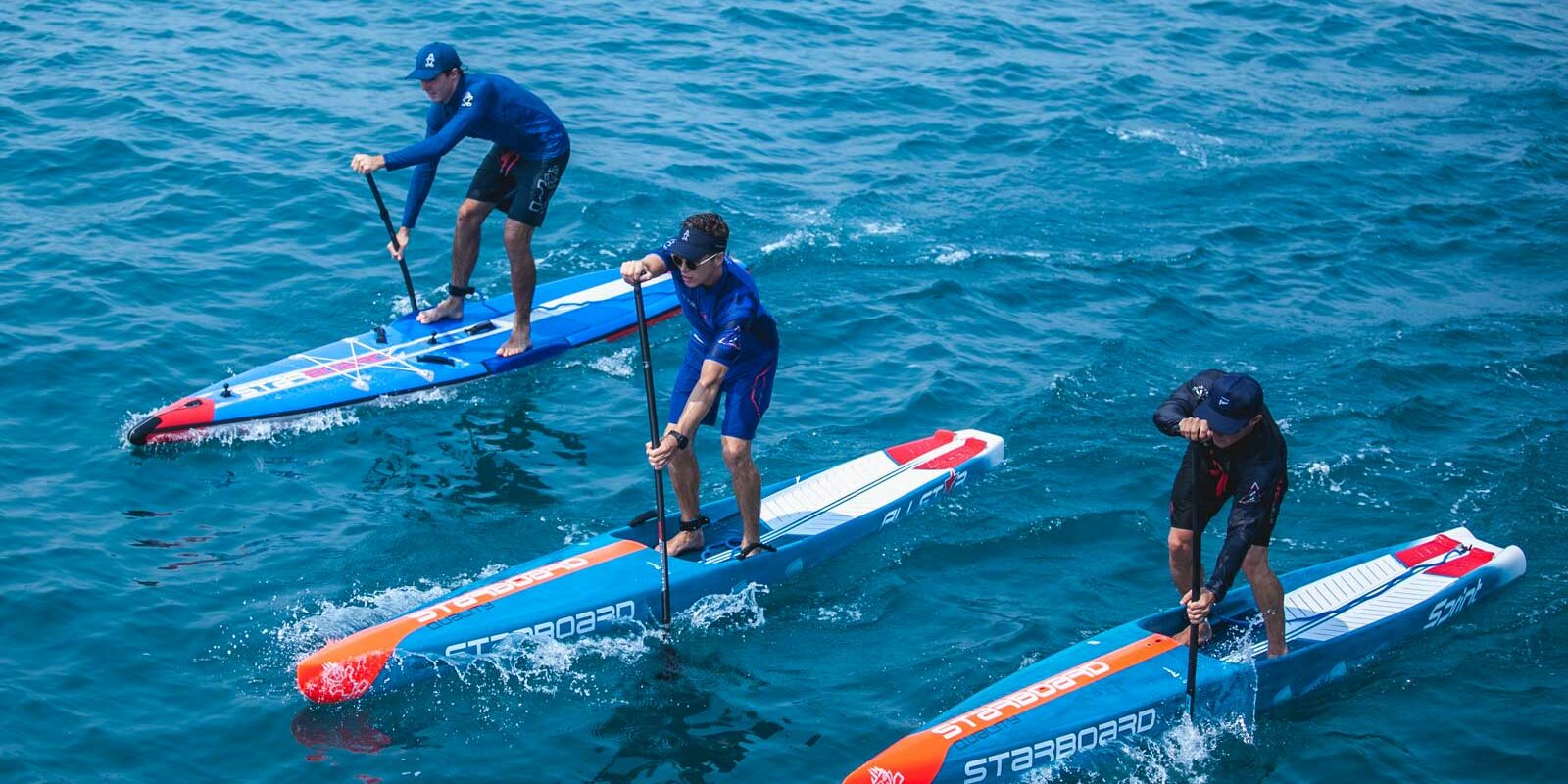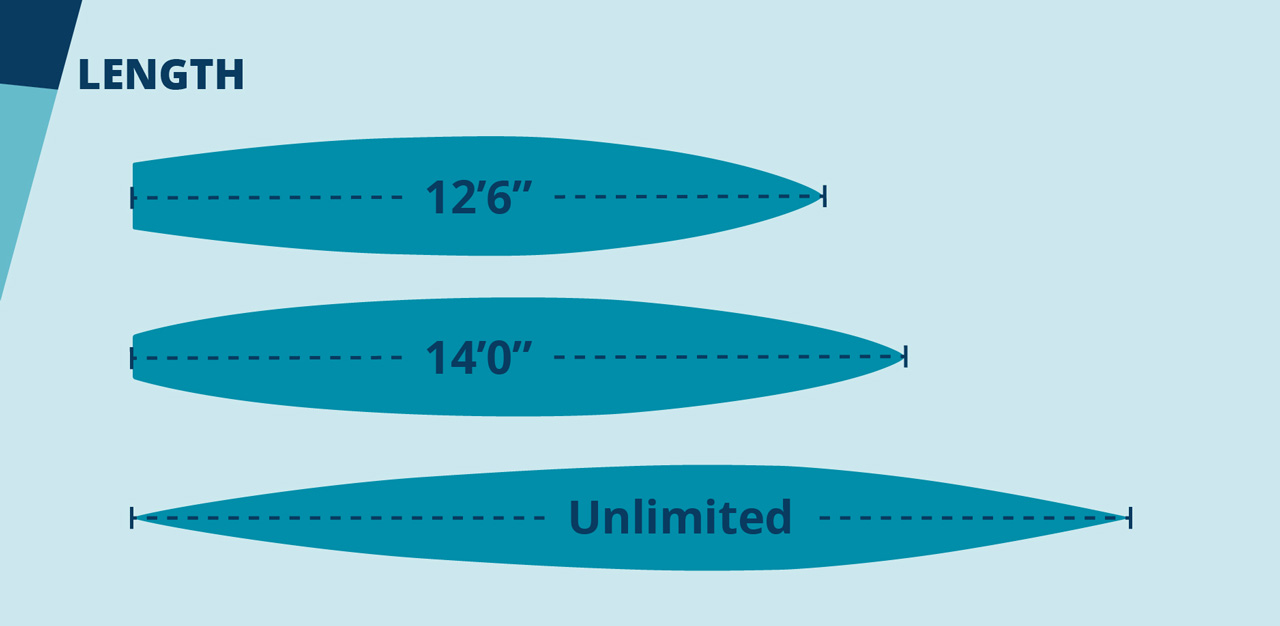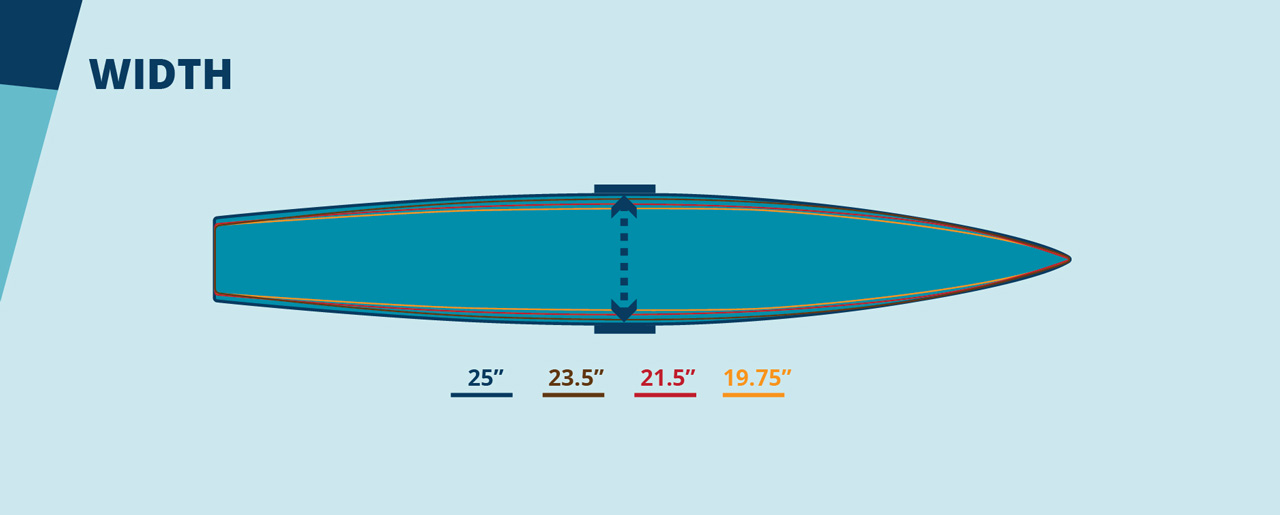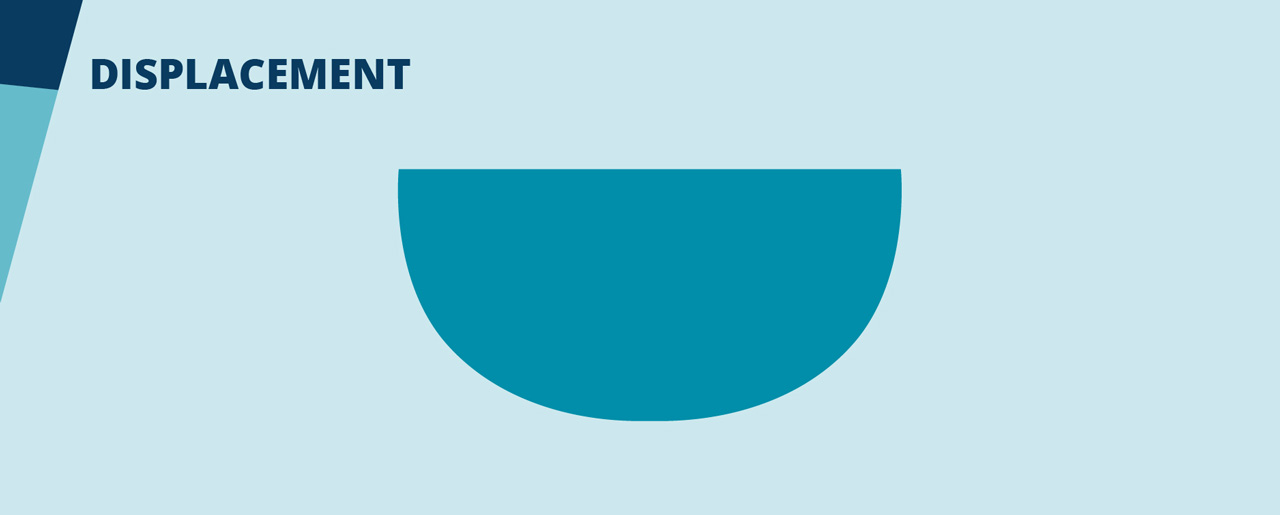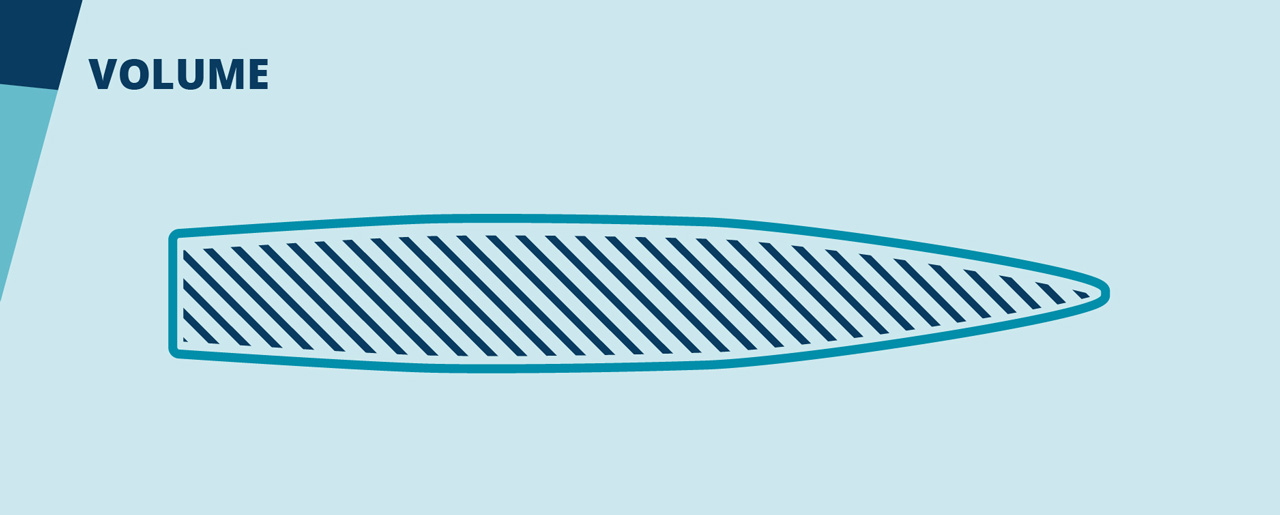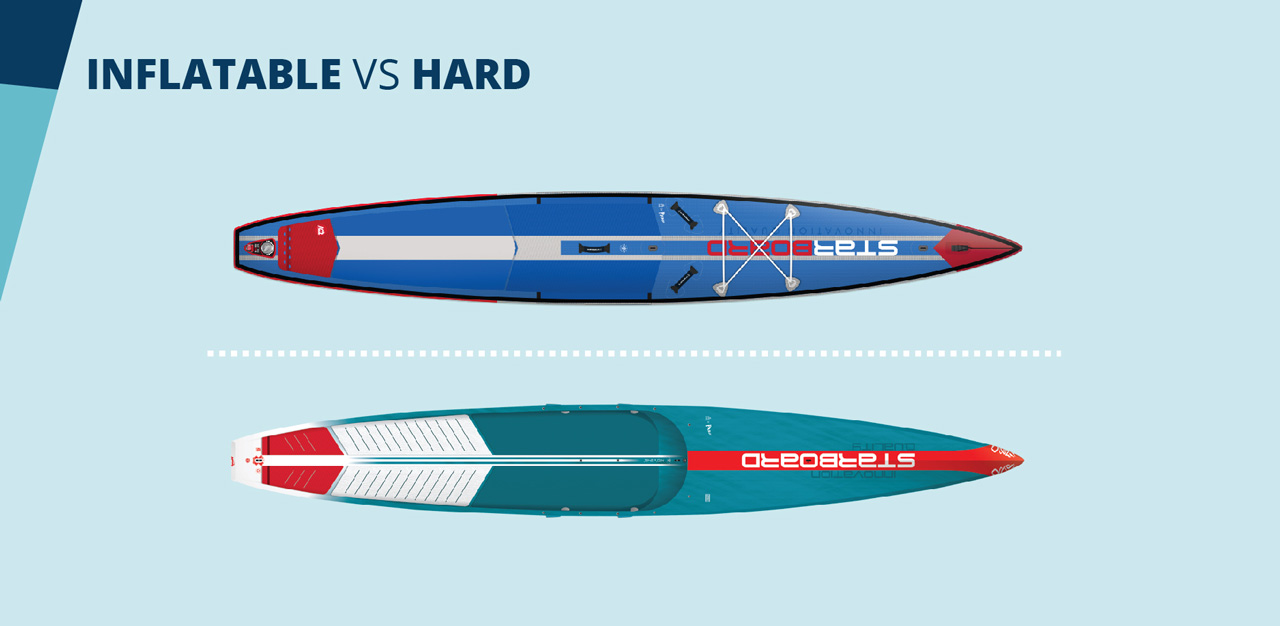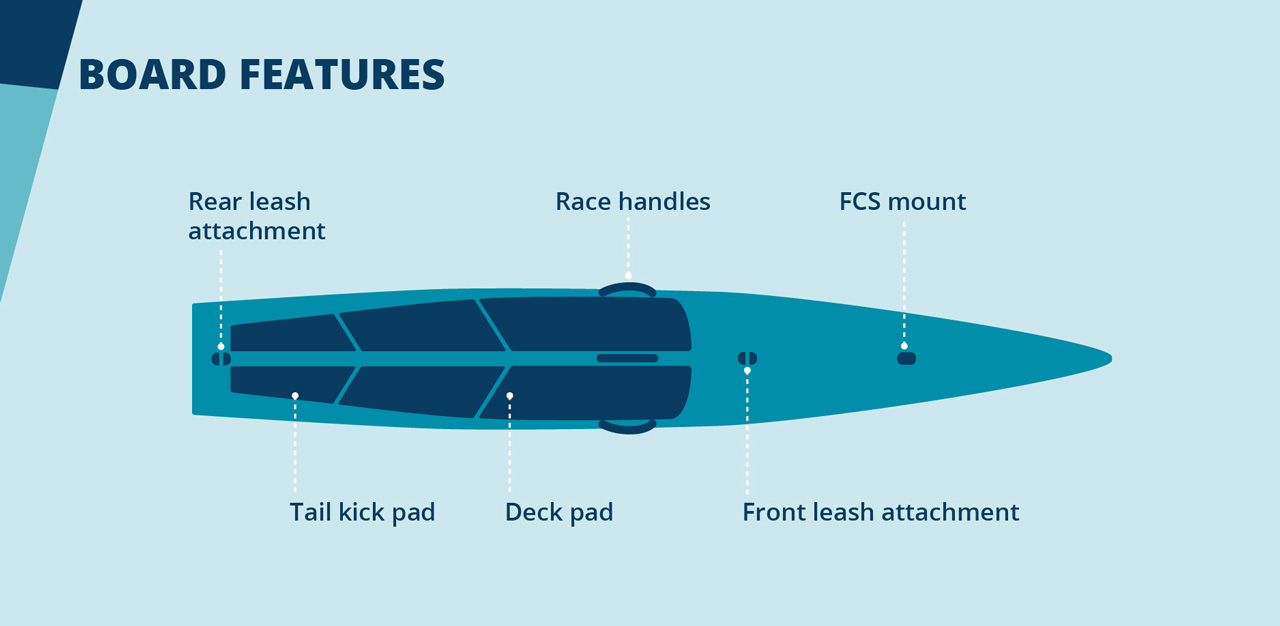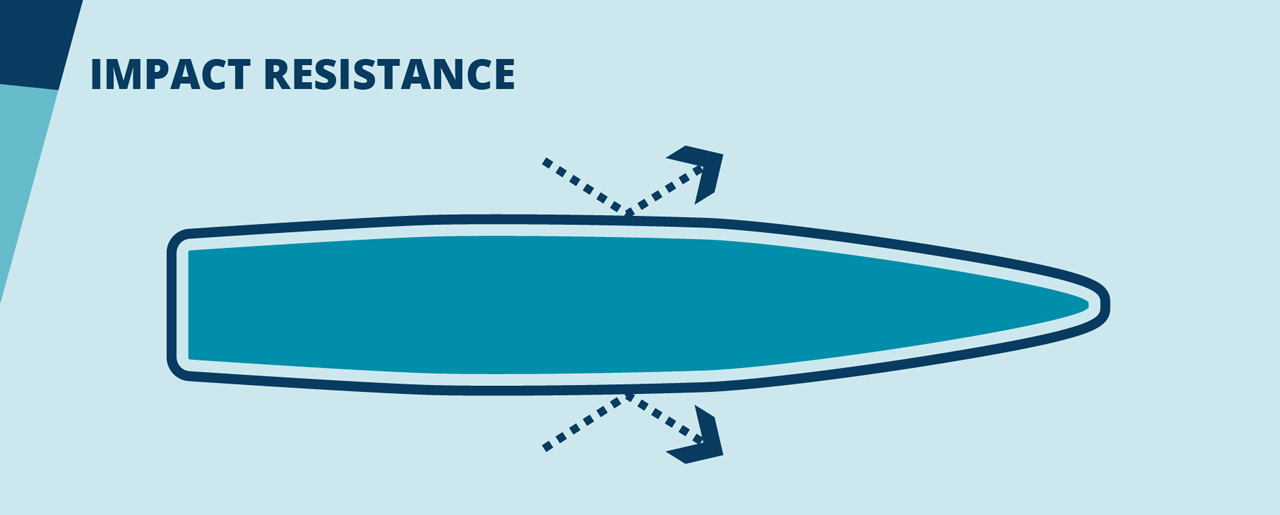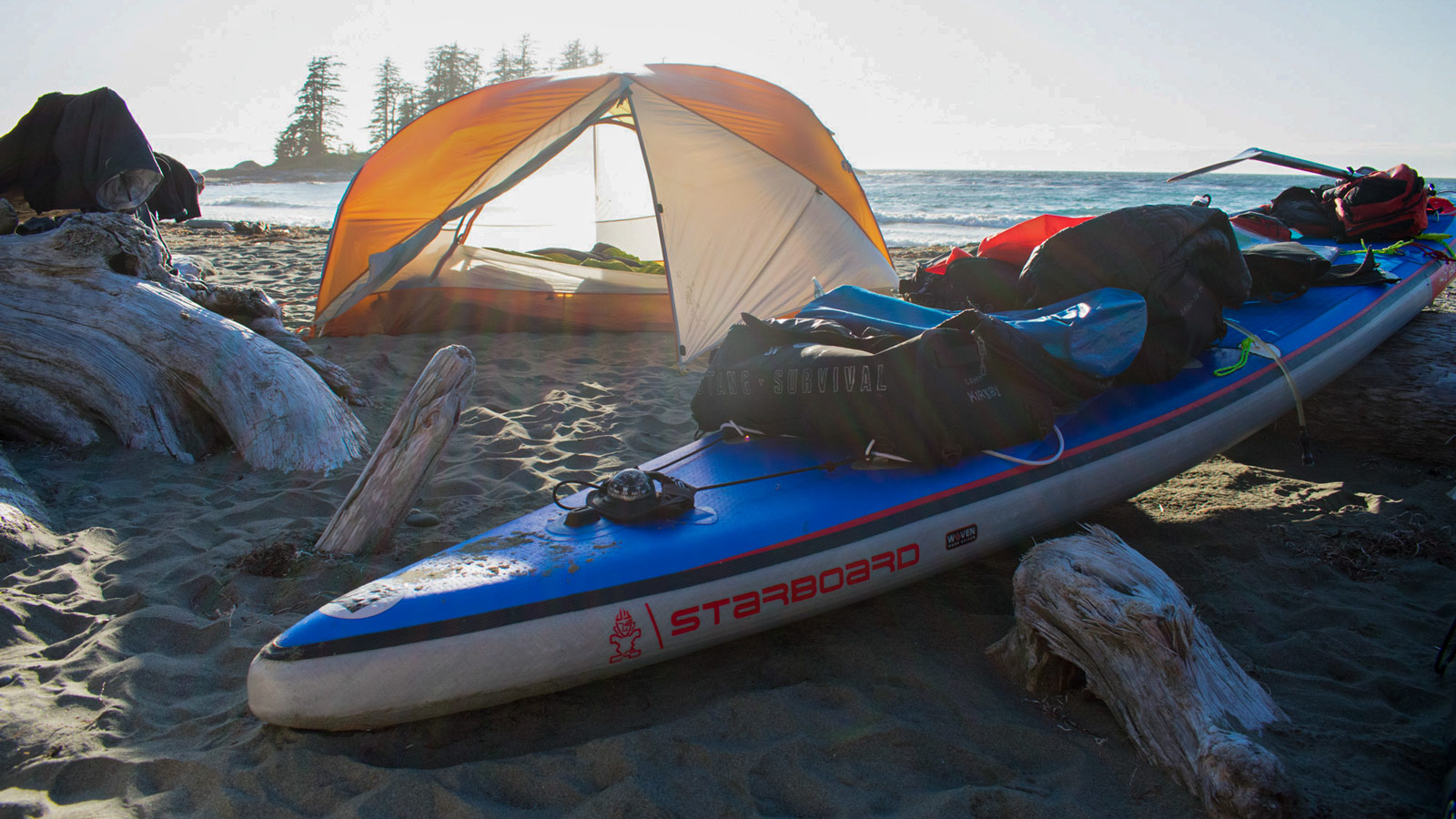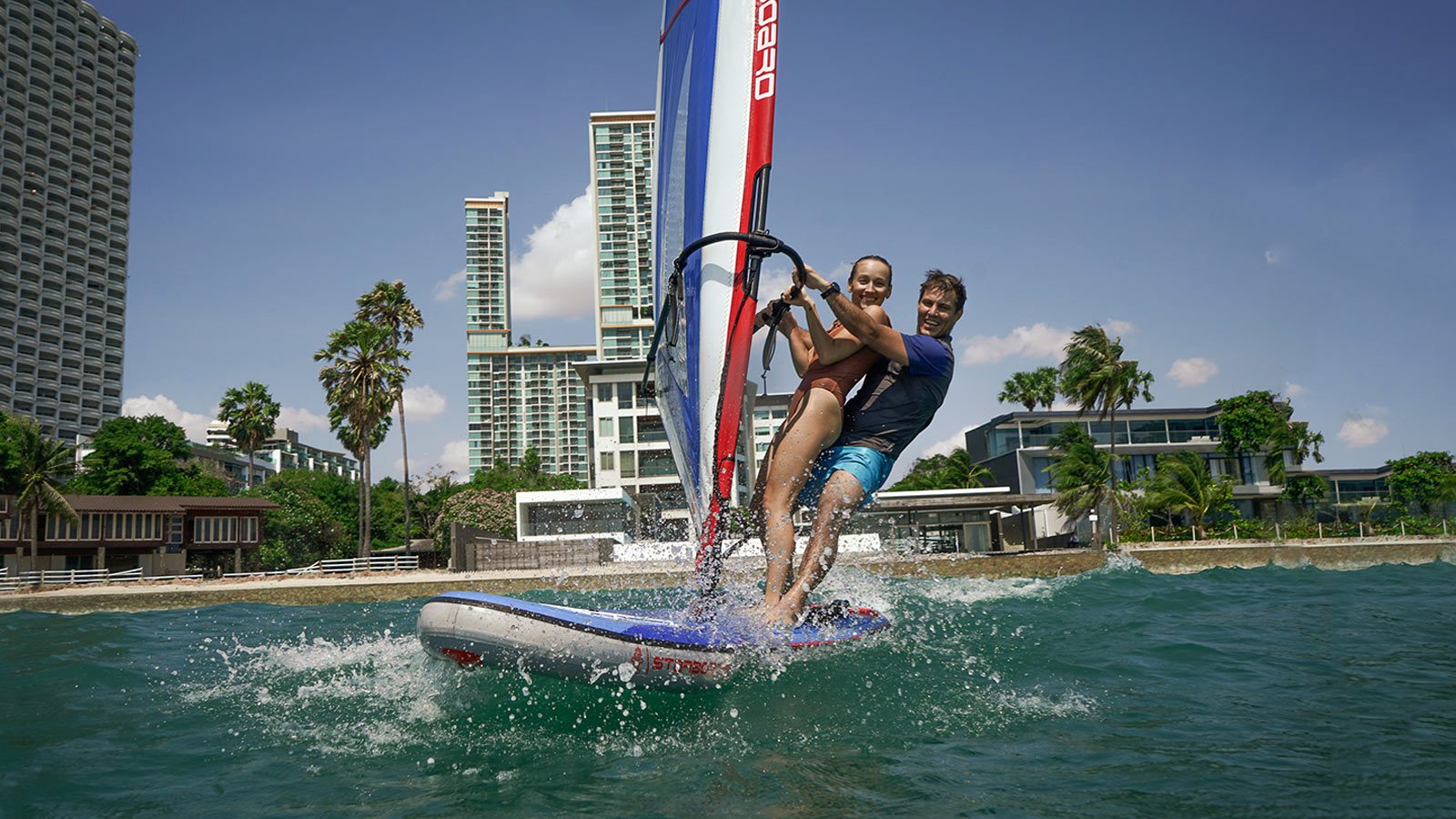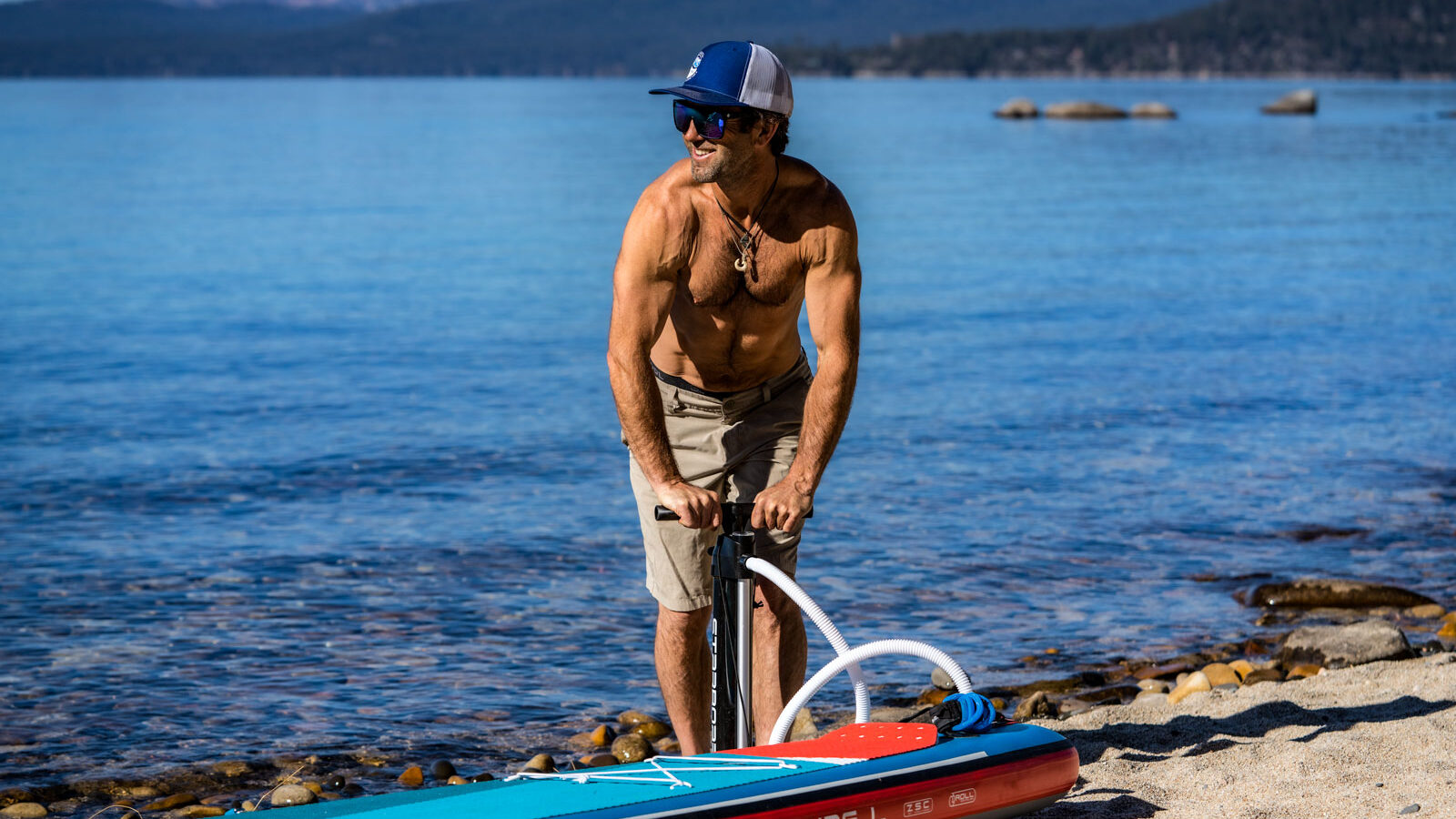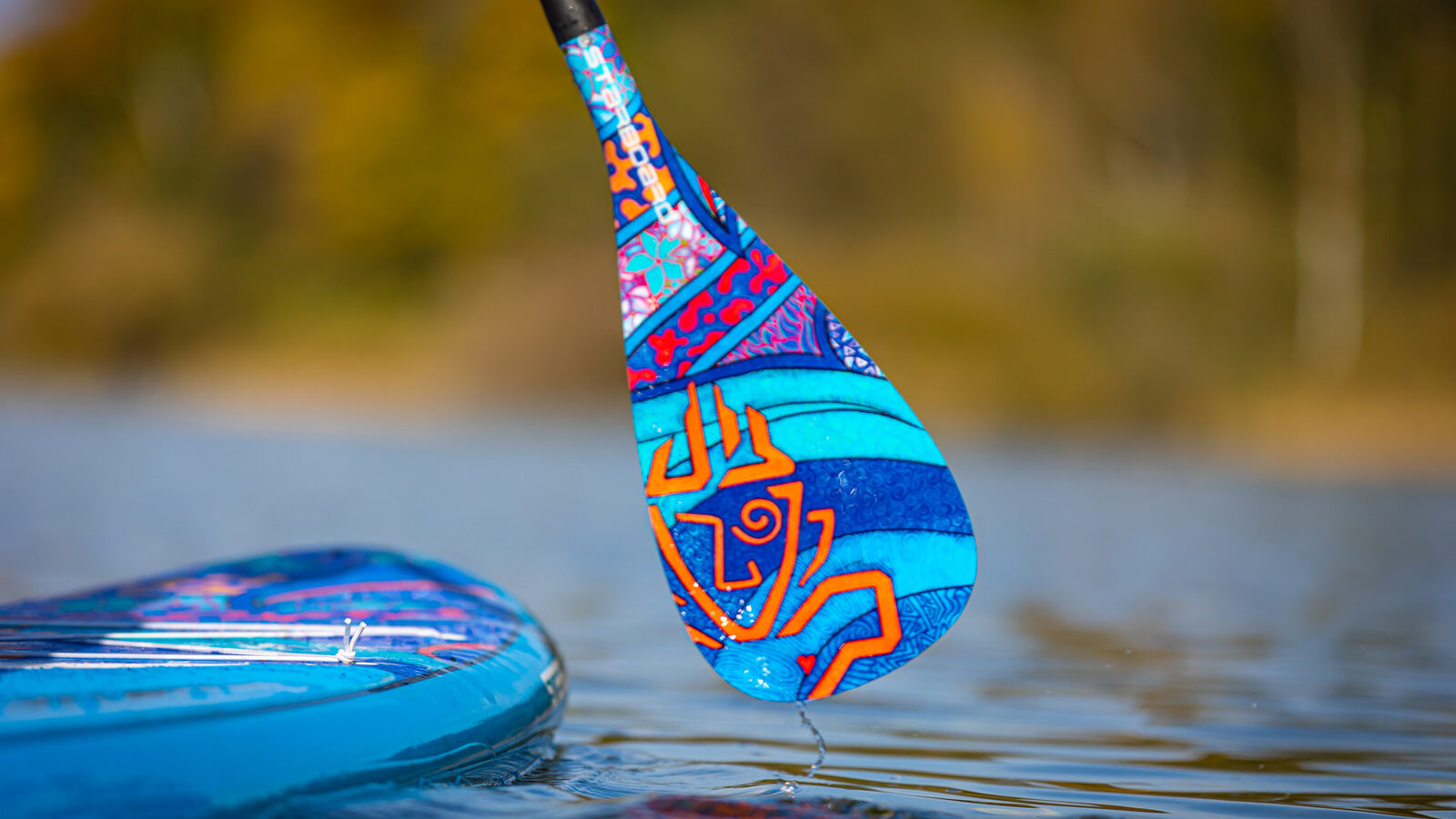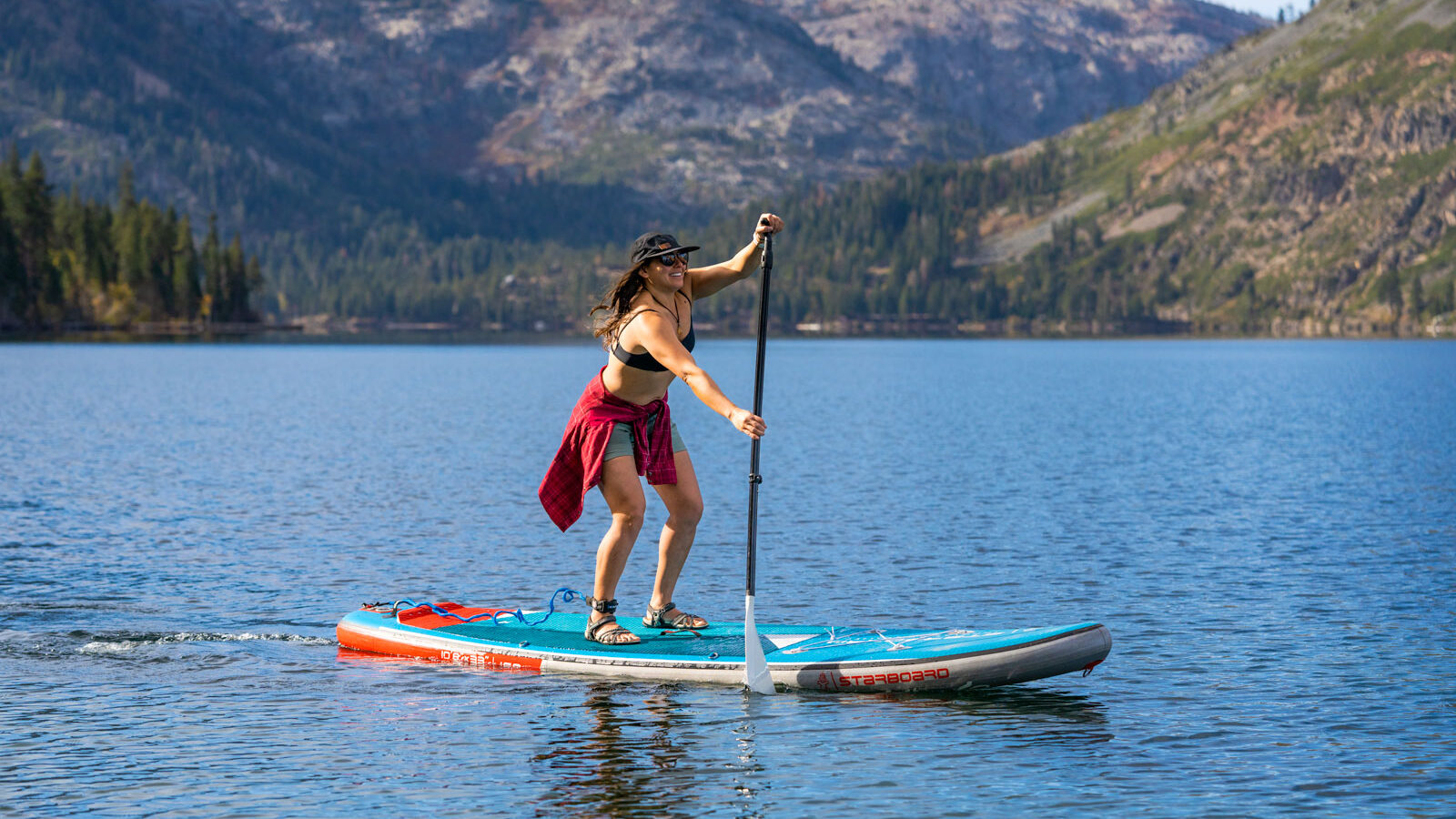When buying a racing paddle board (SUP) it can be really daunting as there are just so many questions you need to answer to get the right board for you. This can include; what length do I get? What width? What conditions will I paddle in? What’s the most important, stability or speed? More or less volume? And the list goes on… today we are going to try to make it that little bit easier to make your decision.
Length
In SUP racing there are 3 main racing classes: 12’6, 14′ and Unlimited. Before we go into more details about the classes, let’s understand how board length can affect the characteristics of a race SUP.
Length is a supercritical factor to consider when choosing a race SUP for several factors; A longer board increases its effective waterline, which in turn increases speed (longer boards are faster than short). Longer boards also tend to track straighter, which can further improve your straight-line speed as well. Longer boards can also increase the wetted surface area, which means they can be more buoyant and therefore better for heavier riders.
On the other hand, shorter race boards are more manoeuvre and much easier to perform a buoy kick turn as you don’t have to step back as far (where is gets wobbly) to disengage the nose. Shorter race SUP’s also perform better in beach races as they surf waves a lot easier.
So which board length should you choose?
The 14′ board class is the most popular board class around the world with major events promoting this as the primary or main event class – this means you should probably be looking at a 14′ race board. However, the event organiser may not necessarily disqualify you from using a different board class, you just won’t be competing within the main event. Most races have a 14’&U division which allows you to compete on your 12’6 or shorter but you will compromise yourself on speed. Some races may be better suited to a shorter board such as a surf race or a sprint race with lots of turns. But as a general guide, most paddlers should be looking at a 14’ race board as their first choice.
Unlimited boards are not common and are specialised board used in premiere open ocean downwind events. These boards are the choice for downwind as the length is around 18ft which allows for better glide and ability to catch runs. They also have a rudder system that allows you to steer the board without stepping around the board so much. This can increase the enjoyment of paddling downwind and in the ocean as you rely less on paddle and foot steering.
Width
Width is probably the most crucial factor to consider for new riders getting into SUP racing. Width directly affects stability, and being stable and able to paddle is the key to having a good race or session.
While elite riders can ride 21″ and sub 20″ wide boards, the majority of us need to look at boards around 23″ width on the narrow end of the spectrum for intermediate to more experienced & skilled riders. Entry-level riders and those new SUP racing should look at starting wider at 24.5″ or 26″ width before progressing to a narrower but faster board. It is also important to remember that all boards feel very different ie a concave board with feel different to a convex bottom, and a pintail board will feel different to a square tail; so talk to as many people as you can and if you can contact your local dealer to try the board first. Always remember stability is more important than speed. You can’t be fast if you’re in the water swimming!
Planing vs Displacement Hull
Planing and displacement are the two main hull types to consider when deciding on what race board to get. The major difference between a planing hull and a displacement hull in a paddleboard is how the board travels through the water.
– Displacement:
A displacement hull has a concave (or a series of concave), bottom contour shape. The main benefit of a concave board is that you can generally go narrower for increased speed as the design has more surface area which creates stability. This design does not ride high on the water like a planing hull; instead, it ploughs through and parts the water.
SUPs with displacement hulls will have a pointed nose that engages and increases overall waterline of the board. The hull slices through the water, pushing the water around the nose to the sides of the SUP to improve efficiency and create a fast, smooth ride. The efficiency of a displacement hull requires less effort than a planing hull to paddle, allowing you to go longer distances at faster speeds. They also track nice and straight but are generally a bit less manoeuvrable than planing hulls.
Typically you would choose a displacement hull race SUP for flatwater racing and long-distance course events.
– Planing:
A planing hull, on the other hand, will have a flat or convex Vee-shaped bottom contour. Planing hulls are designed to run on top of the water at high speeds, essentially, the board will almost skim across the water’s surface. This also makes them very manoeuvrable. To achieve this, they typically are very flat at the tail as well. The difference here is you will find that with a rounded bottom board you cannot go as narrow as a displacement hull so keep that in mind.
Boards with planing hulls are a good choice for use in the ocean or choppy water conditions to glide along or over bumps, and in technical course racing where manoeuvrability is key. These boards tend to be good in a lot of varied conditions.
Board Volumes
When it comes to board volume, factors like weight capacity and board buoyancy in key areas are crucial.
If the board doesn’t displace the correct amount of water for your weight, you won’t be well supported and the board may feel unstable. Board volume and weight capacity are two factors that affect how stable you will feel and how well the board will travel through the water. Generally, a lighter person and a heavier person should not be riding the same board. Make sure you have a look at the weight limits of the boards when making your board choice.
Buoyancy provided in key areas like in the deck and tail can help improve performance characteristics. A good amount of volume on the deck can help to create lift or ‘pop’ when piercing through waves or swell, preventing the board from diving too deep or wallowing. The tail of a race board also requires a good amount of volume for the step back ‘kick’ turn and prevent sinking, as well as floatation for improved slip/ wave riding, also for it to pick up on bumps.
Constructions Types
Why and how do we choose between a composite (hard) and an inflatable paddleboard? Choosing which race board construction basically comes down to performance versus convenience compromise.
Hard boards deliver far greater performance over their inflatable counterparts. They accelerate, glide and respond much better than an iSUP while being roughly 20 – 25% faster in comparison. A solid board is also more rigid than an inflatable board, which can provide a more stable feel, especially in races when conditions can get rough.
What an inflatable race board lacks in performance, it sure makes up with convenience benefits. The fact that it rolls up into a super compact wheelie backpack means storage and transport is a breeze. It can easily be stowed in small spaces when deflated, like a closet or a car’s trunk.
If you’re taking a road trip or hopping on a plane to get to a race, you can bring along your inflatable SUP and pump it up when you reach your destination. Packed away in its storage bag, an inflatable can be checked on an aeroplane or stowed in a train, bus or car.
Fins and Fin Types
Fins provide tracking, stability & glide – without one, you’d simply go around in circles! But which fin do you need for SUP racing?
Choosing a fin essentially depends on a few factors; rider preference, race discipline and conditions. Without going refined details, a fins height length, rake and area all influence the performance characteristics of a fin.
Typically, a longer and deeper fin will give riders more stability, tracking and a ‘sense of control’. These fins would be better suited for flatwater racing where bunch wave riding is common, and also in open ocean downwinding.
A shorter, ‘shallower’ fin is preferred for technical beach races for two reasons; running beach starts means shallow water entry therefore a shorter fin reduces the chance of catching in the sand. A shorter, smaller fin also loosens up the board’s tail, which can significantly improve the responsiveness of buoy turns common in technical course racing.
Meanwhile, if you are going to be racing in bodies of water that have weed, seagrass or debris, then you should consider a fin with a very angled rake to prevent them from catching slowing you down.
*Note: there are 2 different fin base types; the US Standard and the US Surf. Typically, race boards come with a single fin US Standard fin box system – so be sure to know what fin base your board requires before purchasing a new one.
Board Features
There are many other board features that are important when choosing a race board; race handles (and their positions), leash attachments, deck pad, tail kick pad, and FCS mounts for GPS.
– Race handles
Firstly a good handle position that you’re comfortable with is very important. Some riders like to have a strap or two on the rail or drag strap while others are just happy with the centre handle.
– Leash
Leash attachments are also important with flat water racers generally using the attachment in front of them. While ocean races, surf racers and sprint racers tend to have the leash attached behind them.
– Deck pad
Deck pads are pivotal for turning and grip and shouldn’t be overlooked. When racing you might need that quick turn to get on the inside or enough grip and comfort to catch that wave to the beach.
– Tail kick pad
A good race board should be fitted with a tail kick pad, like what you would see on a regular surfboard. The rougher textured pad and the end ‘kick’ are important tools to help a rider determine where the back of the board is without having to look down or backwards and keep focused on the race. Without one, it is very easy to step too far off the back of the board when wave riding or performing a buoy turn.
– Mounts
You could also look into mounts for GoPros or GPS watches and the like to track your session and get that selfie with your friends.
Impact Resistance
Contrary to popular belief, SUP racing is a full-contact sport. You would have heard top athletes like Connor Baxter utter the legendary quote; “rubbing is racing!” This means that board contact in SUP racing is inventible, especially in beach & technical course racing where rail bumping around buoy turns and collisions wave wipeouts are simply part the sport.
Your race board needs to handle impacts from other riders boards and paddles. While carbon fibre or carbon sandwich boards offer competitive lightweights and rigidity, they can be susceptible to ‘dings’ and cracks. Be sure to choose a SUP made from quality composite materials and is reinforced in the critical areas like sharp rail edges, deck edges, and standing areas to withstand impact.

